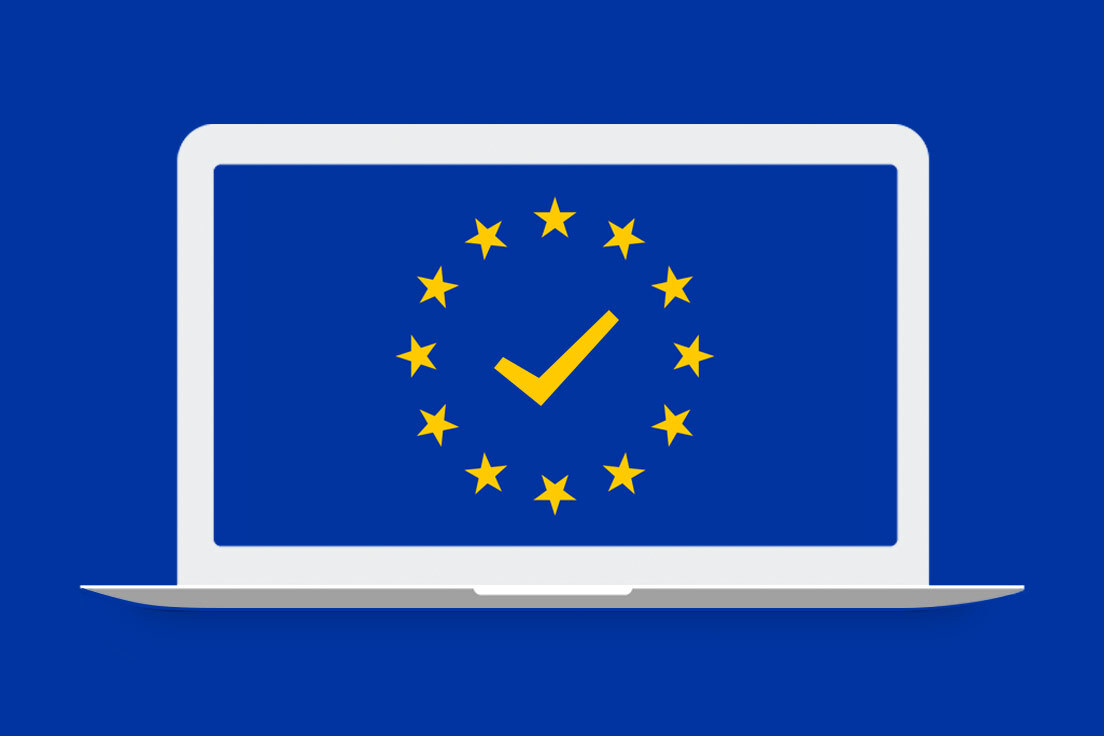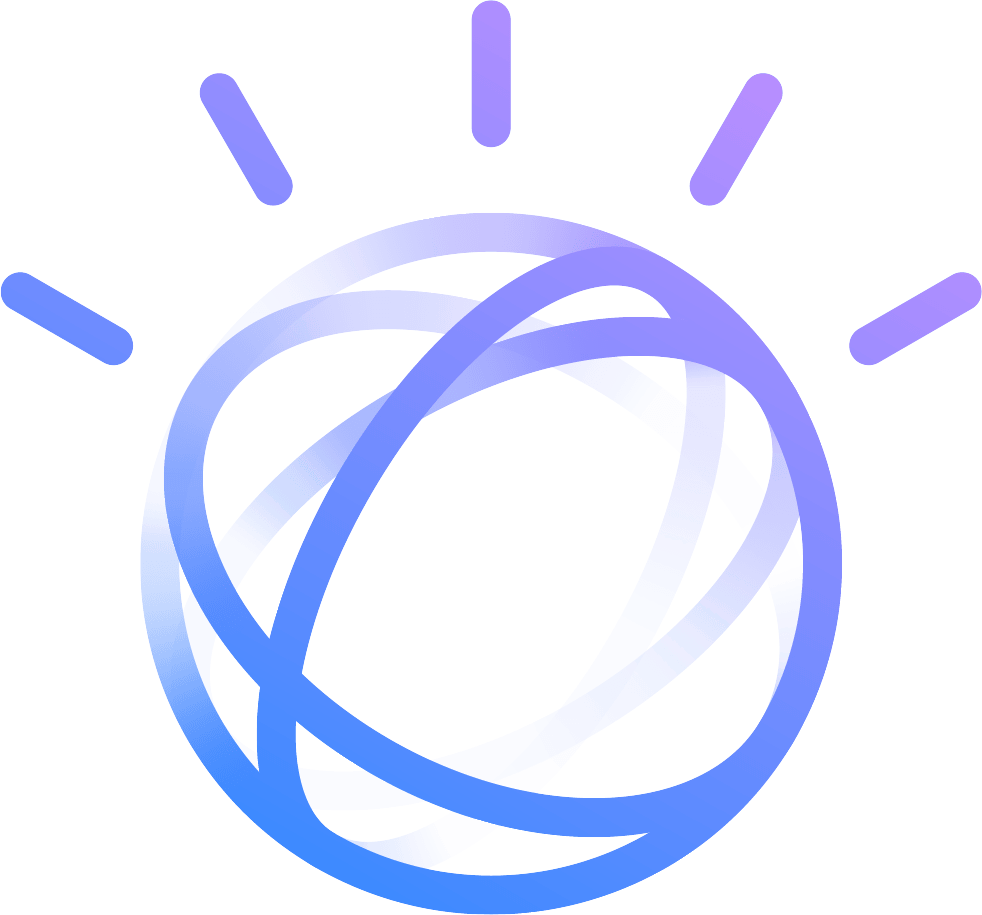Amidst today’s pandemic, health systems need to come up with a plan to approach non-Covid, or “non-urgent” patients, as their underlying health conditions are not going away, and in some cases, are worsening. At the beginning of the pandemic panic, these patients did not get the healthcare and support they needed, which has ultimately driven them to need additional care and put more strain on hospitals and care teams. In order to improve care and the systems in place currently, there are a couple steps health systems should take. One is innovating outpatient management to reduce demand at downstream bottlenecks, and the second is to utilize telehealth tools. Patients and physicians alike can benefit from this technology as it creates less exposure for both parties, and physicians can monitor the patient behavior and progress without having to rely on the patients to reach out when they are feeling especially ill.
Unfortunately, as more patients and health care providers lean further into telemedicine amid the pandemic, many are finding that while visits are moving into the future, health records are largely stuck in the past. There are good remote monitoring devices out there and if physicians can monitor their patient’s symptoms remotely, they can proactively handle their care and support; however, the patient generated health data coming to the physician must be actionable, meaningful and aggregated in such a way that it identifies patients needing further attention.
Check out how our Patient Engagement platform accomplishes this and learn more in this Harvard Business Review article.



